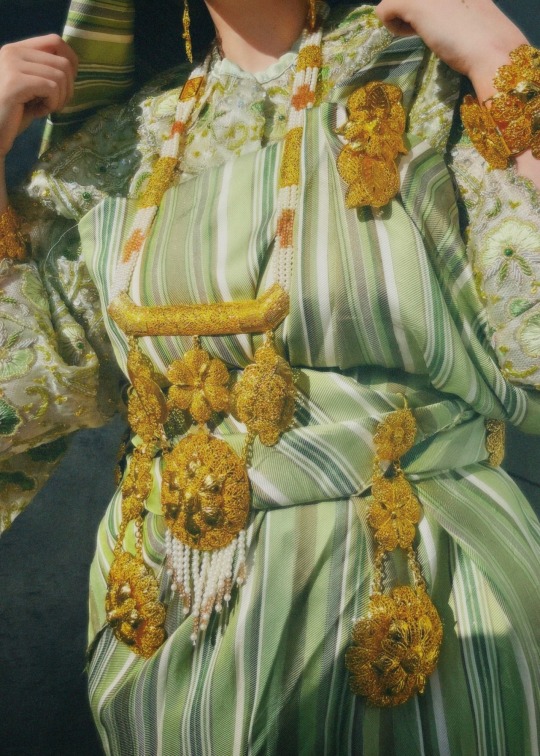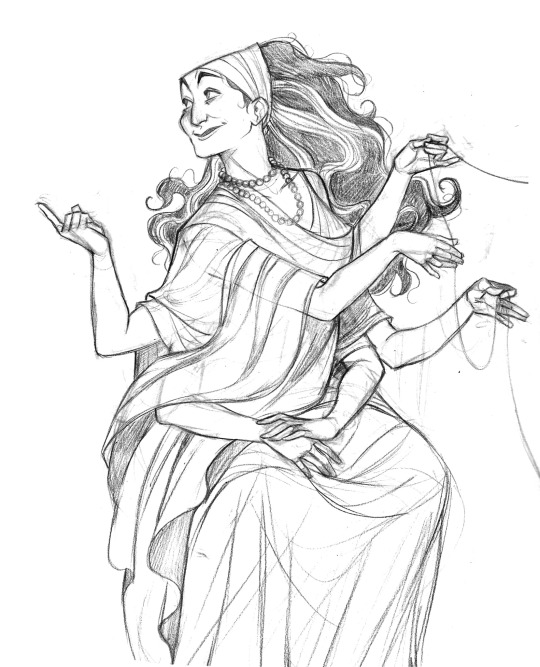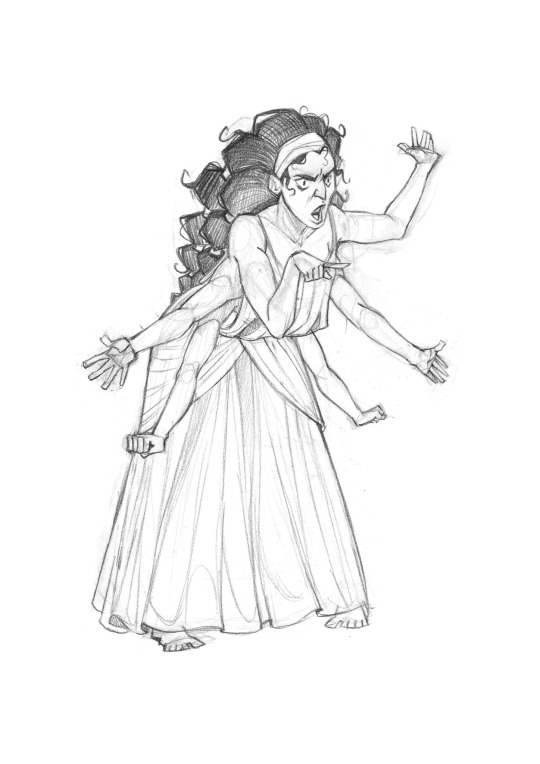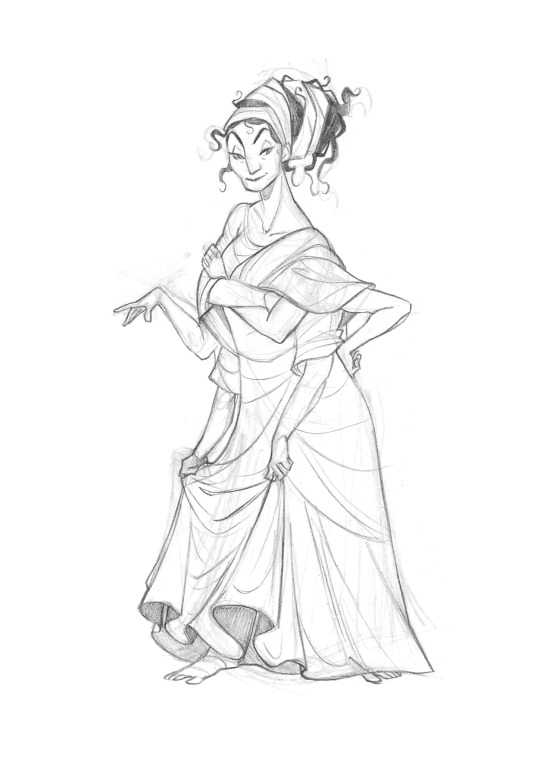Text
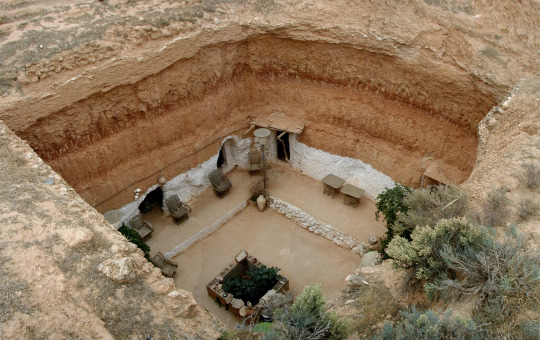
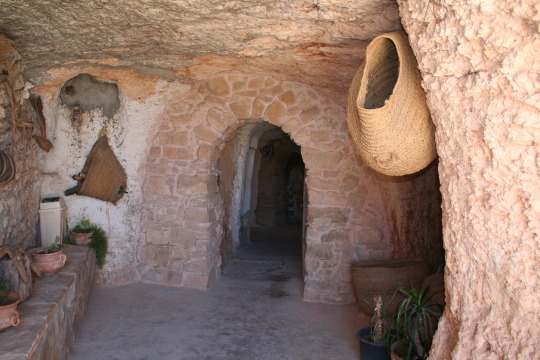

some images from the cave homes of gharyan, libya. communities of jews who made their homes in underground caves have been known in the maghreb since before the 1st century. when spain invaded tripoli in 1510, tripolian jews, both toshavim and sephardic, fled to gharyan and dug out cave homes for themselves. the houses today are occupied by non-jewish libyans or rented out to tourists.
385 notes
·
View notes
Text
Berber Tattooing: Exploring Amazigh Tattoo Culture and Moroccan Women’s Face Tattoos (Book)
Berber tattoos, also referred to as Amazigh tattoos, serve as a vibrant reflection of the diverse cultural heritage of North Africa's indigenous Berber population. These meticulously crafted and captivating tattoos transcend mere skin-deep artistry; they function as vessels embodying the rich tapestry of heritage, social standing, and personal narratives seamlessly interwoven into the very fabric of Berber identity.
With a historical lineage stretching back millennia, the Berber people have fostered a profound connection with the natural world. Within the realm of Berber tattoos, this deep affinity manifests through a striking array of symbolic depictions, each laden with profound meanings that resonate with life, belief systems, and pivotal moments.
Nature assumes a central role in the realm of Berber tattoos, where symbols bear the imprint of animals, plants, and celestial bodies. The towering palm tree, symbolizing strength, growth, and resilience, serves as a potent representation of life and prosperity deeply ingrained in Berber culture. Likewise, the snake, embodying a guardian spirit, symbolizes wisdom and healing, acting as a protective force against malevolent influences and ushering in good fortune.

Amazon Link: a.co/d/gRSF3Jy
Drawing from ancient Egyptian iconography, the Berber people adopted the Eye of Horus, a potent symbol believed to ward off evil and usher in good luck. Equally significant is the Hand of Fatima, an open palm that serves as a protective talisman against the evil eye and negative energies.
The Amazigh Cross, often referred to as the “Agadez Cross,” serves as a compass of sorts, offering guidance and orientation during travels and life’s journeys. In the vibrant world of Berber tattoos, women play a central role, embodying themes of fertility, femininity, and the enduring legacy of the tribe.
Berber tattoos are not mere embellishments; they are markers of life’s milestones and rites of passage. For young Berber girls, their first tattoos, often received during puberty, symbolize the transition into womanhood and eligibility for marriage. These tattoos bear not only ink but the weight of cultural identity and pride.
The complexity and number of tattoos worn can also signify an individual’s standing within the community. Leaders and elders, with their wealth of wisdom and life experiences, may display more intricate and elaborate tattoos.
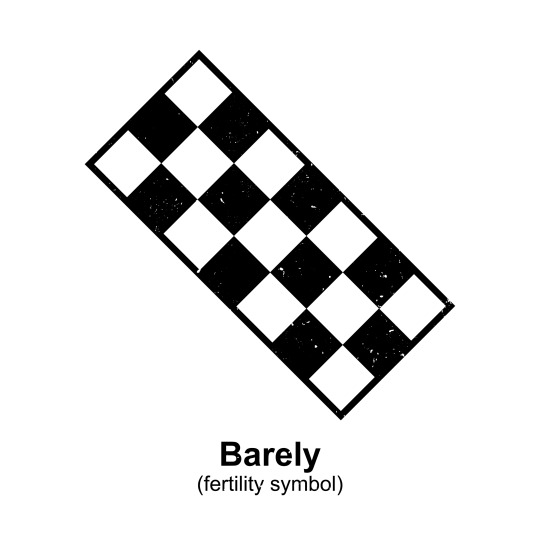

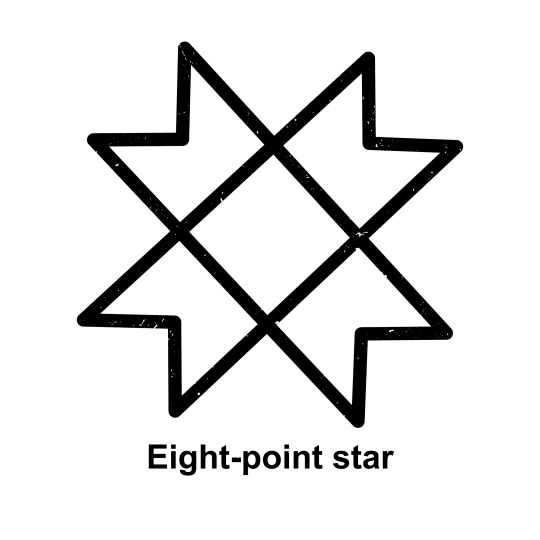

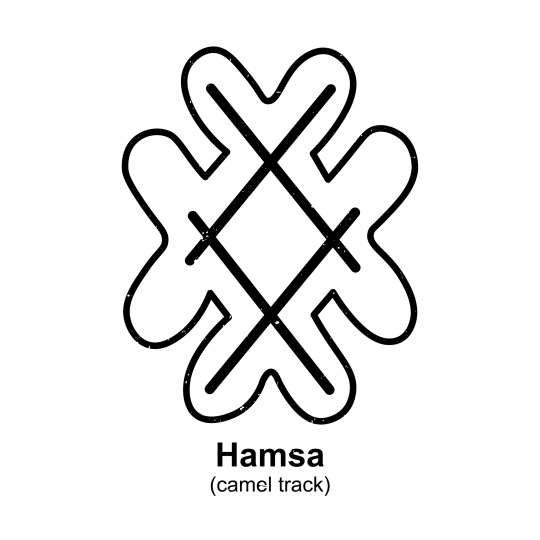

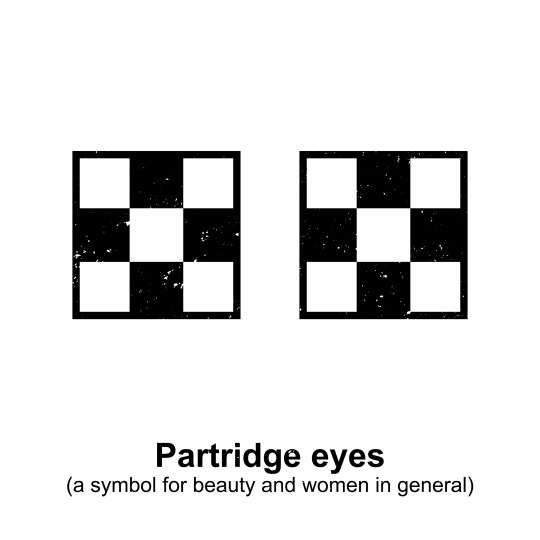

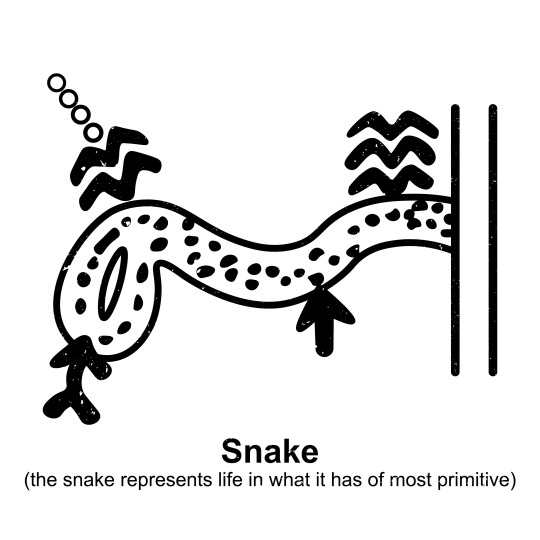
From “Berber Tattooing: Exploring Amazigh Tattoo Culture and Moroccan Women’s Face Tattoos”, illustrated by Mohammed Jiari
In recent times, there has been a renaissance of interest in Berber tattoos. Efforts to preserve and reinvigorate this ancient art form have borne fruit. Modern-day artists and tattoo enthusiasts explore the depths of Berber symbolism, infusing tradition with innovation to create contemporary designs that pay homage to the past.
This resurgence is not only about the art itself but also about nurturing cultural pride and identity among the Berber community. These timeless designs remain a vibrant and integral part of Berber heritage, ensuring that the symbolic meanings of Berber tattoos continue to thrive, enchanting and resonating with generations to come.



26 notes
·
View notes
Text

“Palestinian women enjoying themselves in the Mediterranean Sea.”
Photographed by Boaz Rottem, 2018.
17K notes
·
View notes
Text
*[character a] looms menacingly over [character b] all up in their space, only to give [character b] a tiny silly kiss*
193 notes
·
View notes
Text
youtube
Mahdia (Tunisia) dancing, that I discovered when my friend married during last summer. her henna party looked like this. such a small region but has a distinctive clothing and dancing!
17 notes
·
View notes
Text
this is the IG reel that triggered my interest lol even if it's lacking more variety but it's fascinating still, putting all types of dances side by side
225 notes
·
View notes
Text




someone suggested that having pet gazelles was maybe common in North African countries before, just judging by the orientalist paintings of Maghrebi women. and it's true! some old people in my country report that! there's even a real photo of a family portrait of the Tunisian resistance fighter Lazher Echraiti with a gazelle with them!

How cool is that! now Atlas and Reem gazelles are near extinction :(
79 notes
·
View notes
Photo


Goodbye First Love (2011) dir. Mia Hansen-Løve
14K notes
·
View notes
Photo

Roman city of Timgad (Algeria), founded as veteran colony around 100 AD.
Settlement was abandoned early enough and was never resettled, and thus retains original Roman grid plan.
It can be considered the largest and best preserved Roman city with a grid plan in the world.
80 notes
·
View notes
Text

(photo shows a Latin inscription found in Carthage, Tunis, Tunisia)
African Romance or African Latin is an extinct Romance language that was spoken in the Roman province of Africa (basically most of Tunisia and western Libya, and then later on expanded to all the coastal areas of North Africa, till Mauritania) during the late Roman and early Byzantine Empires. It may have persisted up to the 14th century.
Like anywhere in the Roman world, Latin spread as a language, after the invasion of Carthage, first of the elites and, later on, of the common people.. We can assume safely that certain regions were basically Romance speaking (e.g. northern Tunisia), many parts however remained Amazigh-speaking. Hence its important influence on the native languages. there are many studies about this topic and different stratums but I will talk about two words that are found in many Amazighi languages that have clearly a Latin origin and that are used currently in Tunisian Arabic.
cattus ‘cat’
it has been used in many Amazighi languages, but the closest example geographically to Tunisia that I dispose of is "qattus" in Nefusa (Libya). it is exactly what we call cats!
pullus ‘chick’
again, it has been used widely in various Amazighi languages;

and it is "fillus" in Tunisian dialect!
so yeah, the Tunisian dialect fascinates me with how rich it is and how old its origins are. It is mostly Arabic yes, but Tunisia, has been the home to many languages for thousands of years and they all left a trace in our lexicon
127 notes
·
View notes
Text
". good character traits:
Amessan;
Resourceful: Amessan's ability to adapt and survive in the desert environment, along with his skills as a trader and guard, showcase his resourcefulness and quick thinking.
Tenacious: His determination to better himself and make amends for his perceived mistakes demonstrates his tenacious nature, as he doesn't give up easily.
Patient: In his interactions with Taheyyat and his commitment to earning her forgiveness, Amessan's patience becomes evident, even when faced with her initial reluctance.
Inquisitive: Amessan's willingness to learn about the Amazigh culture and the atlas imazighen upon his arrival in the tribe showcases his curiosity and openness to new experiences.
Forgiving: Despite his guilt over Aksil's accident, Amessan's willingness to forgive Taheyyat for her actions reflects his capacity for empathy and his belief in second chances.
Modest: His humble nature is already evident in his interactions with others and his willingness to learn from his mistakes.
Bad Character Traits:
Impulsive: Amessan's tendency to act without fully thinking through the consequences could lead him to make rash decisions, especially when emotions are running high.
Stubborn: While he is open to learning and adapting, Amessan's strong sense of pride might lead him to be stubborn about seeking help or admitting when he's wrong.
Moody: His internal conflicts and unresolved guilt might lead to moments of moodiness, affecting his interactions with others and his overall demeanor.
Pessimistic: Amessan's guilt and self-blame might sometimes lead him to see situations through a pessimistic lens, especially when it concerns his own worthiness.
Empathetic Listener: Amessan's hypersensitivity and caring nature might make him an empathetic listener who people naturally open up to. He provides a safe space for others to share their concerns.
Adaptable: His ability to quickly adapt to new situations and environments, as seen when he joins different caravans and integrates into the tribe, showcases his adaptability.
Wise Beyond His Years: Despite his struggles, Amessan might possess a wisdom that comes from self-reflection and introspection. He could offer insightful perspectives to those around him.
Avoids Confrontation: In addition to avoiding conflict, Amessan might also have a tendency to avoid addressing difficult conversations or facing his own emotional challenges head-on.
Self-Critical: His overthinking and repressed feelings could lead to him being overly self-critical, focusing on perceived flaws and mistakes to a detrimental degree.
Perfectionist: Amessan's desire to make amends and "earn" forgiveness might lead him to strive for perfection in his actions, which can cause stress and disappointment if things don't go as planned.
Withdrawn: His shyness and tendency to repress his feelings might sometimes cause him to withdraw emotionally, making it challenging for others to truly know what he's going through
They Hold Eye Contact Whenever You Talk: Amessan's observant nature and caring demeanor might lead him to maintain eye contact while engaging in conversations, showing his genuine interest in the other person.
Always Pulls You Into a Random Embrace: Amessan's supportive and reliable traits might make him the type of person who offers comfort and embraces to those he cares about.
Likes to Tease You a Lot: His playful and dorky side could include a tendency to tease and make jokes with those he's close to.
Loves Keeping You Close to Them: Amessan's loyal and supportive nature might make him value physical closeness and emotional intimacy with those he cares about.
Slightly Biting Their Lower Lip When They Smile: This trait could hint at Amessan's tendency to make jokes and use humor to cope with challenging situations, aligning with his coping mechanism of making things lighthearted.
Clicking Their Tongue Against Their Cheek When They're Mad or Jealous: This trait could potentially work if it's portrayed as a subtle expression of his frustration or jealousy. It could add a bit of depth to his reactions in certain situations.
Gets Physically Clingy Whenever They're Jealous: This could align with his overprotective tendencies and his inclination to worry about the well-being of those he cares about. It could also add some depth to his emotional reactions.
if you write a character who loses everything, let them find something.
Taheyyat
you write a brokenhearted victim, let them smile again.
Stubbornness: Her determination and willfulness could sometimes manifest as stubbornness, making it challenging for her to compromise or consider alternative perspectives.
Responsible: Her caregiving nature and dedication to her family's well-being might make her naturally responsible, taking charge of situations when needed.
Equanimous: Taheyyât's calm and patient nature could be described as equanimity—a rare ability to maintain emotional balance and composure even in challenging situations.
Cryptic: Taheyyât's tendency to alternate between talkative and contemplative might make her seem cryptic at times, leaving others uncertain about what she's truly thinking.
The trope where a character overhears something out of context and assumes the worst is usually annoying and bad but I really think it works well in Shrek
We, the audience, know that Fiona is talking about herself but, regardless, she’s calling herself these terrible things because she is an ogre. If Fiona is these things because she is is an ogre what does that make Shrek?
If Fiona says no one could love her because she is an ogre, she is saying that Shrek is also unloveable whether she wants to or not.
Imo the scene is a really good portrayal of how when you talk poorly of yourself or others for having a trait, you’re also talking about every other person who shares that trait; even if you love them or think what you’re saying doesn’t apply to them.
Taheyyat doesent know that amessan overhears when she says these particular sentences:
(Im a)
When a character is assured enough in their own power that they are completely relaxed in dangerous situations??? When that same character becomes tense and uncomfortable in the mundane because they don't have a framework for peace??????
0 notes
